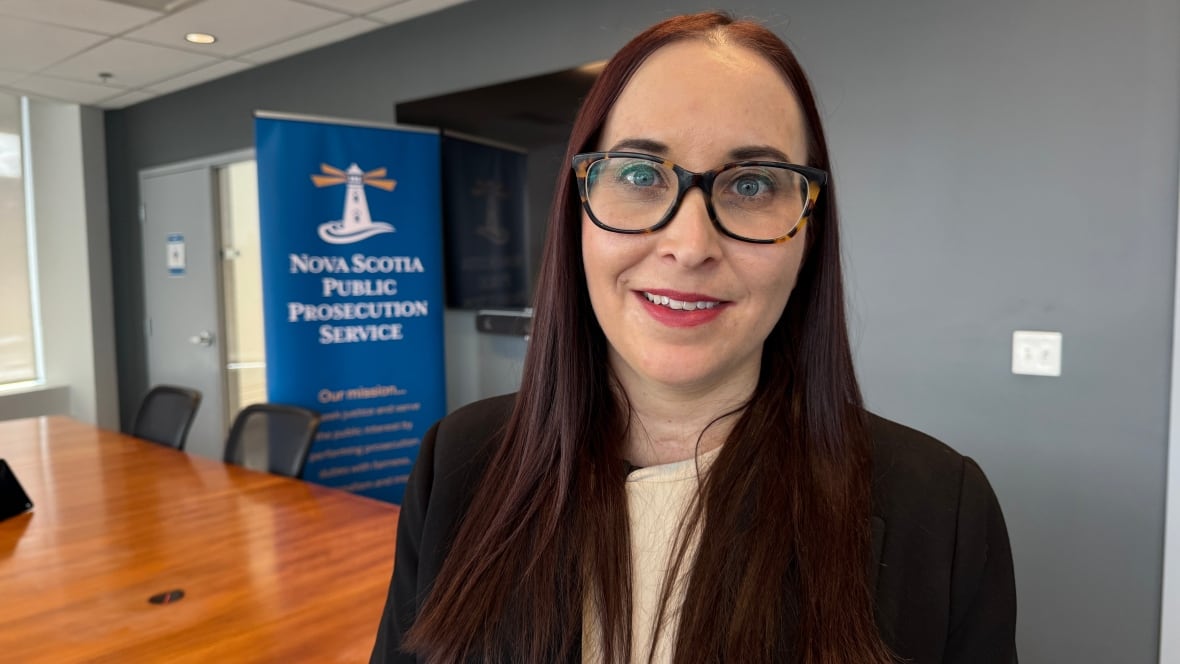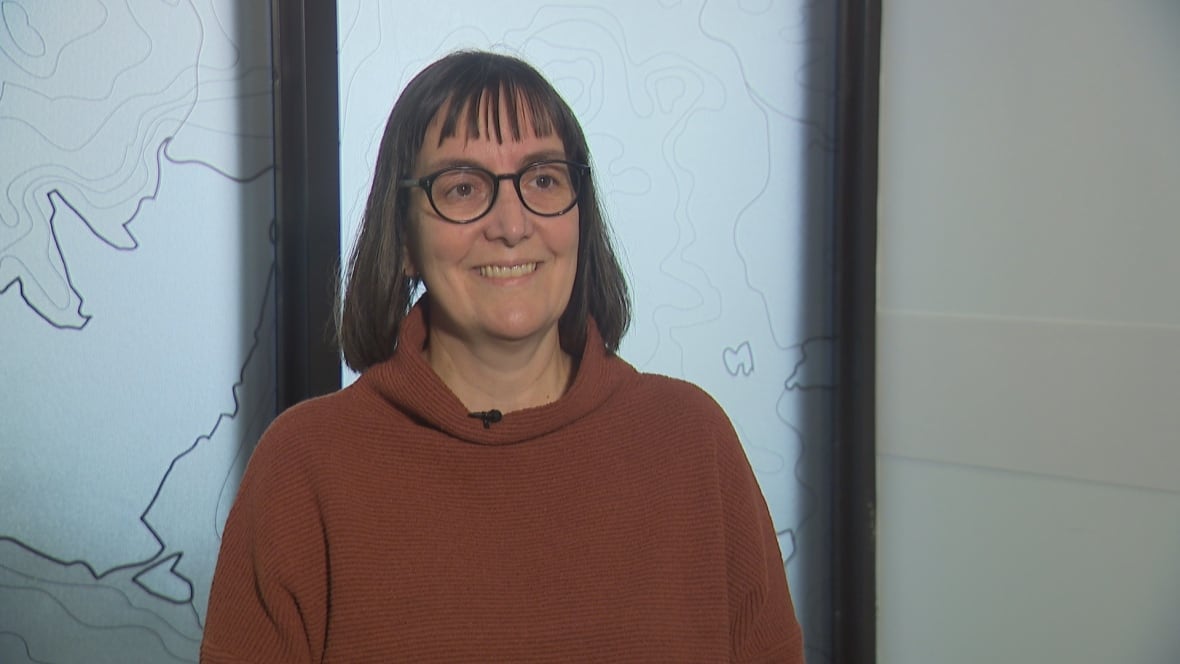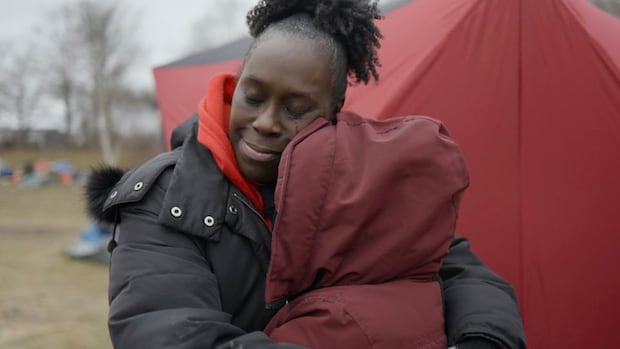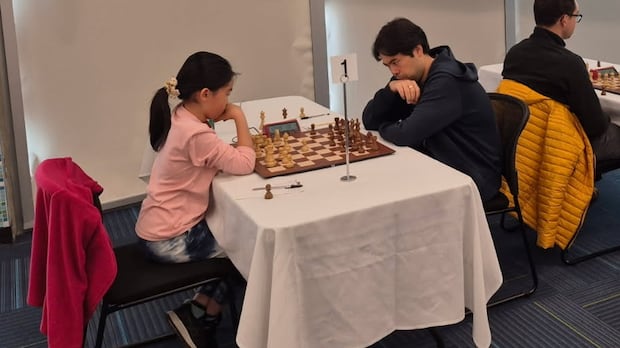In the same year Nova Scotia saw a rash of domestic-violence related homicides, the Halifax Domestic Violence Court Program says it’s seeing an increased number of applications.
Since 2018, the program has been one aspect of the province’s effort to control a problem it has declared an epidemic.
The court, which is now handling more cases involving youth and people who are homeless, uses counselling to try to stop violence and repair harms.
However, a researcher who’s studied domestic violence courts says although there is “anecdotal” evidence that accused people learn better coping skills from the programs, measuring whether the approach prevents new offences is a “perennial problem” that’s difficult to track and which the court may not be able to solve on its own.
“I think it’s definitely worthwhile. I just worry it’s not enough,” said Diane Crocker, a professor in the department of criminology at Saint Mary’s University in Halifax.
Crocker said she would also like to see more supports like community-based helpers who can become involved with families in a crisis without going through the criminal justice system.
An evolving court
Court data suggests the total number of yearly referrals to the court has gone down since 2018, but a court spokesperson noted as of this spring, it is seeing “increased application.”
Between March and May 2025, the program saw a roughly 30 per cent increase in applications over the same period last year, the data shows.
According to an association that represents women’s shelters, the Transition House Association of Nova Scotia, the number of women and children experiencing violence and seeking help has increased by 182 per cent since 2019.
In response, Nova Scotia announced new funding for transition houses and is working on an “engagement table” that will incorporate views from experts and people with lived experience.
‘They’re unpacking a lot of things’
Cases that come before the Domestic Violence Court Program begin in regular provincial court and are assessed for entry into the program if the accused person wants to be referred. The case must have the Crown’s approval to proceed in the program.
The program tries to use counselling to stop abusive behaviour. It’s an approach that sometimes draws skepticism from both the victim and the accused.
“I think some victims may be of the view that [the accused abuser is] only doing this so they won’t get a record and they’re getting out of real consequence,” said Matthew Darrah, the Nova Scotia Legal Aid lawyer who is dedicated to the court and acts as the lawyer for many of the accused.
Darrah said the program can be a “huge commitment” that might involve 30 counselling sessions.
“They’re unpacking a lot of things, talking about very personal matters, making significant changes. So it can turn out to be much different than what they expected it to be.”
How it works
From when the court started in March 2018 to March 2025, 1,146 people applied to enter the program. Data from the court shows that of those applicants, 78 per cent were men and 21 per cent were women.
For a case to be accepted, the accused must be willing to accept responsibility by entering a guilty plea.
After the guilty plea, the person attends counselling in group or individual sessions, with the goal of better understanding why they acted violently and how to change course. Counsellors hold weekly meetings with court officials for updates on the progress of each case.
Wyndolyn Brown witnessed domestic violence growing up and then found herself trapped in intimate-partner violence. After finding the strength to break free, she’s helping others through her non-profit organization, Empowerment for Hope. She spoke to the CBC’s Elizabeth Chiu.
The counselling can take months: the average length of time participants spent in the program was 307 days, as of the last fiscal year.
At the end of the counselling, the Crown and defence make a recommendation on sentencing to the presiding judge.
If the court is satisfied the person has shown improvement, a recommendation could include an absolute discharge, which leaves them without a criminal record.
Removals from the program
However, not everyone gets into the program. Of the 1,146 people who applied to enter, 210 weren’t accepted.
Some accused people opt to go back to the regular court system so they can have a trial rather than plead guilty. The Crown may veto a case if it’s judged not to be appropriate for the program.
That veto has happened 72 times — 43 of those times the case was deemed high-risk, as evaluated by police or transition house workers using one of Nova Scotia’s widely-used risk assessment tools. About 23 per cent of the overall cases are considered high-risk.
Many types of violence are considered. Domestic violence cases can involve severe physical assaults, spitting, slapping, shoving, property damage, threats or intimidation on social media.
Even after acceptance to the program, not everyone finishes it.
Advocates have been lobbying for more funding to address the epidemic. On Thursday, the Elizabeth Fry Society held a vigil in honour of Nova Scotians who have been victims of intimate partner homicide. Celina Aalders has the story.
Since its inception, 102 people didn’t complete the program and were sent back to regular court to be sentenced.
Most of them weren’t attending their programming, didn’t do the counselling work or kept offending.
Jennifer Crewe, the dedicated Crown attorney for the court, says decisions to remove someone from the program are made on a “case-by-case” basis.
“Ultimately, if it is determined by the team that this court is not a fit to address the risk or to address any concerns of violence or public safety, a person will be removed.”

New challenges
The court is seeing changes in the cases coming through its doors. In 2018, it was unusual to get applicants who were homeless.
Darrah noticed a change during the pandemic when people were forced to live in small spaces together. He’s now seeing partners staying together because leaving is unaffordable, which raises tensions.
He’s also seen cases where the victim and accused are both homeless and living in the same encampment, but are under no-contact conditions.
“That can be problematic when you are homeless and trying to find a place to stay,” he said.
“We will see cases where a client is breached for having contact because it’s a small city, limited number of encampments. So it can lead to further involvement with the authorities.”
As Celina Aalders reports, without access to child care and the ability to earn an income, victims of domestic violence often find themselves stuck.
More interpretation, younger people
The court is also seeing more cases that involve newcomers who require interpretation.
Interpreters are available to assist during court, but it’s not practical to send someone who needs an interpreter to a group counselling session. They must be assigned to an individual counsellor, and that can mean a waitlist of a few weeks.
Some newcomers may be in Canada without full citizenship or permanent residency, and a criminal record could affect a person’s ability to stay, Darrah said.
“There’s real consequences for not complying with the program as well, and that would be hanging over their head throughout that process.”
A group of Black men in the Halifax area is talking about ways to prevent intimate partner violence. It’s considered an epidemic in Nova Scotia, and Black communities face high rates. Elizabeth Chiu sat in on the group’s final meeting and met the people who are helping to bring change. Some content may be triggering for viewers.
The court is an adult court, but began this year to accept cases involving youth in their late teens.
Darrah said he’s “definitely” seeing more younger clients and the court is trying to “get at these issues as soon as we possibly can.”
Is the court reducing violence?
Crocker, the professor of criminology at Saint Mary’s University, helped conduct an evaluation of the pilot program to bring a domestic violence court to Sydney in 2016.

She said measuring whether someone who completes the court program is likely to reoffend is difficult.
“That’s a really tricky question, unfortunately. It’s the one that everybody always wants answers about,” she said. “It’s unfortunately one that is very hard to answer.”
Information Morning – NSHow to talk with loved ones who might be experiencing abuse
Intimate partner violence is an epidemic in Nova Scotia, but it’s also highly stigmatized. It’s difficult for many survivors to reach out and get the help they need. We seek out advice around how to support friends and family who might be experiencing abuse.
CBC asked about statistics on recidivism, but the court was not able to provide any.
Crocker said she feels the domestic violence court’s approach is an effort to be “more human” to victims and those who are accused, but it should be supplemented by supports that can help people without needing to get the criminal justice system involved.
“To me, it is a good idea — and it is not enough,” she said.
Nova Scotia Justice Minister Becky Druhan acknowledged the difficulty of tracking recidivism in a recent interview, but said domestic violence is a complex issue on a societal and individual level.
“There’s no one measure that will work to tell us if we’re on the right track or not,” she said, adding that she thinks ending violence requires a “systems-wide, society-wide approach.”










